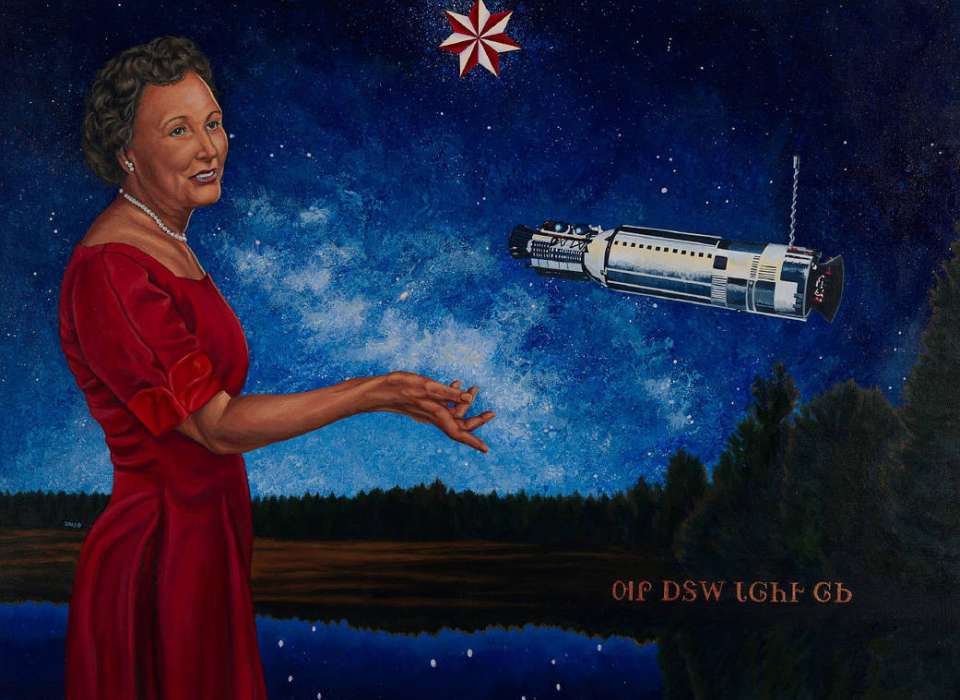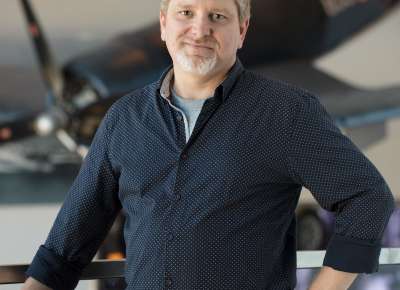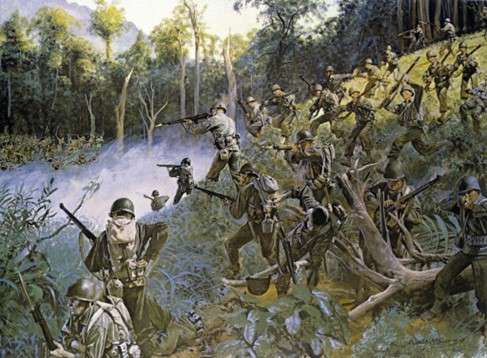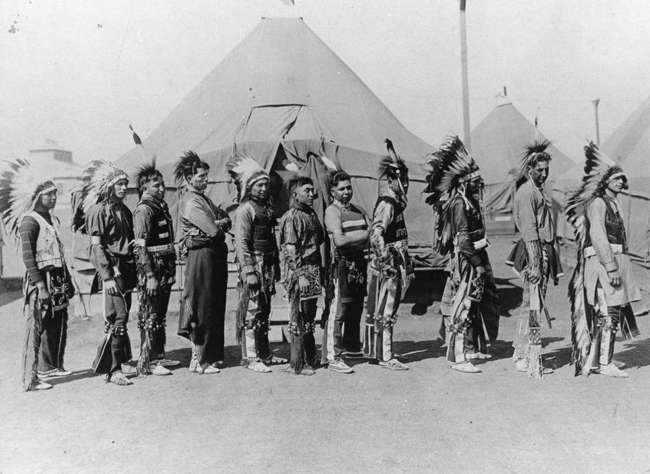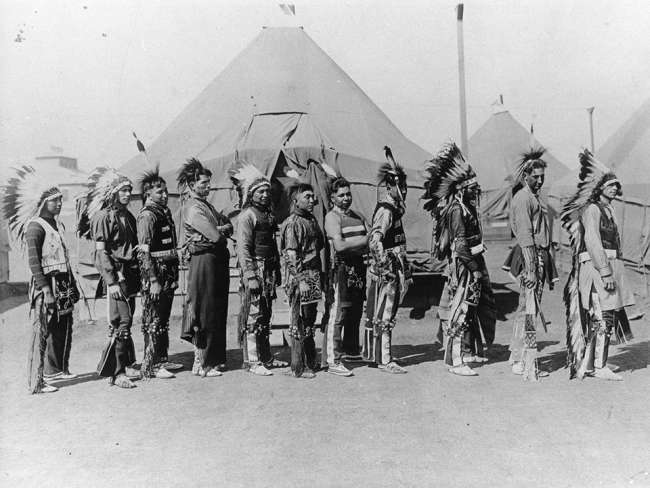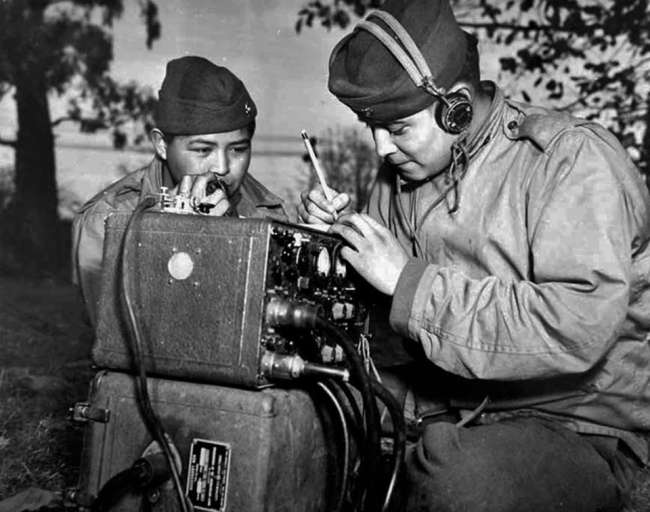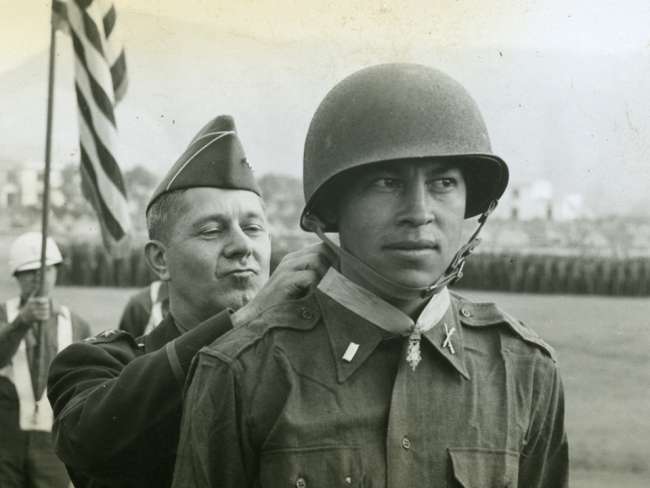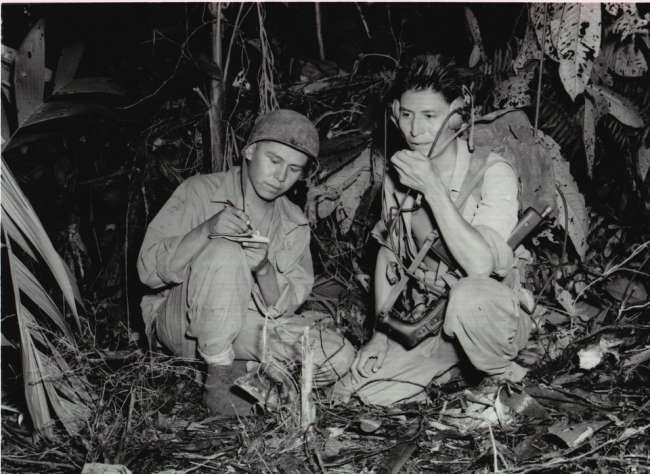At 16 years old, Mary Golda Ross started college at Northeastern State Teacher’s College. The school was in Tahlequah, Oklahoma, capital of the Cherokee Nation, located on the edge of the Ozarks. Mary started college in 1924, having lived with her grandparents in Tahlequah since she started primary school. She studied mathematics at Northeastern, which had started as the Cherokee Female Seminary in 1851, just 12 years after the forced relocation of the Cherokee people to Oklahoma from the southern Appalachians.
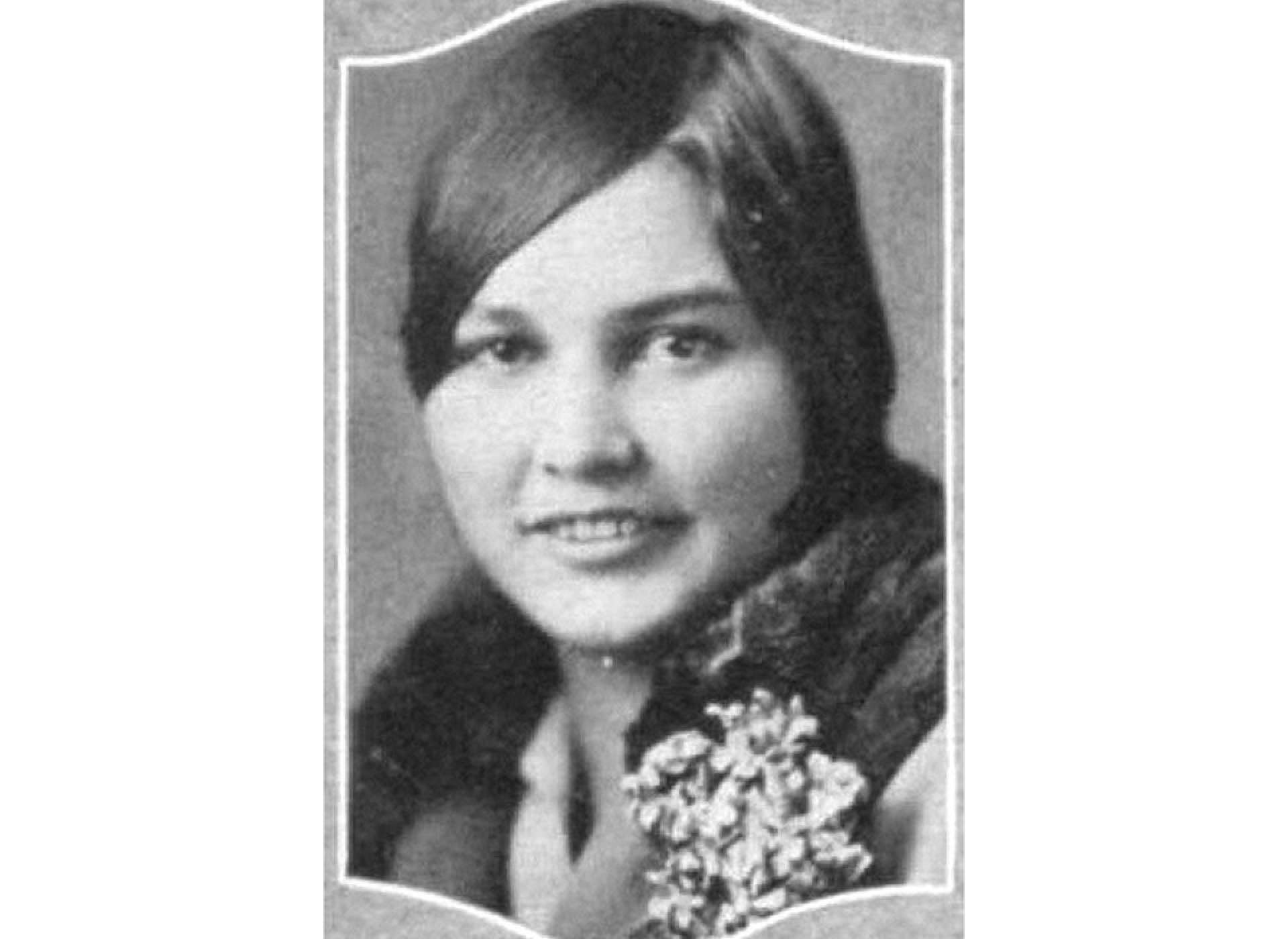
Mary Golda Ross’ portrait in 1928, the year she received her Bachelor’s Degree in Mathematics. Image courtesy of the Tahlequah Daily Press.
Mary’s great-grandfather, John Ross, had led the Cherokee people during the negotiations with Andrew Jackson’s administration and the difficult relocation. The 1835 census counted 16,000 Cherokee and 4,000 died in internment camps or during the journey between the summer of 1838 and the end of 1839. Ross and his people organized a settlement, schools, and a government in their new territory. In later life, Mary referred to the Cherokee values of education and preparation for the future as key in her life. She loved math, but also believed it would unlock the ability to solve problems.
After graduation, she taught math and science in Cherokee schools through the Great Depression, and traveled every summer to take classes towards a master’s degree at Colorado State College of Teaching (now Northern Colorado University). Like many in Oklahoma at the time, she wished to see the wider world and to find opportunities elsewhere. She took the civil service examination to work for the Bureau of Indian affairs, and worked for a short while in Washington, DC as a statistical clerk before joining the Santa Fe Indian School in New Mexico. In 1938, she completed her master’s degree in Mathematics, having also taken every astronomy course she could.
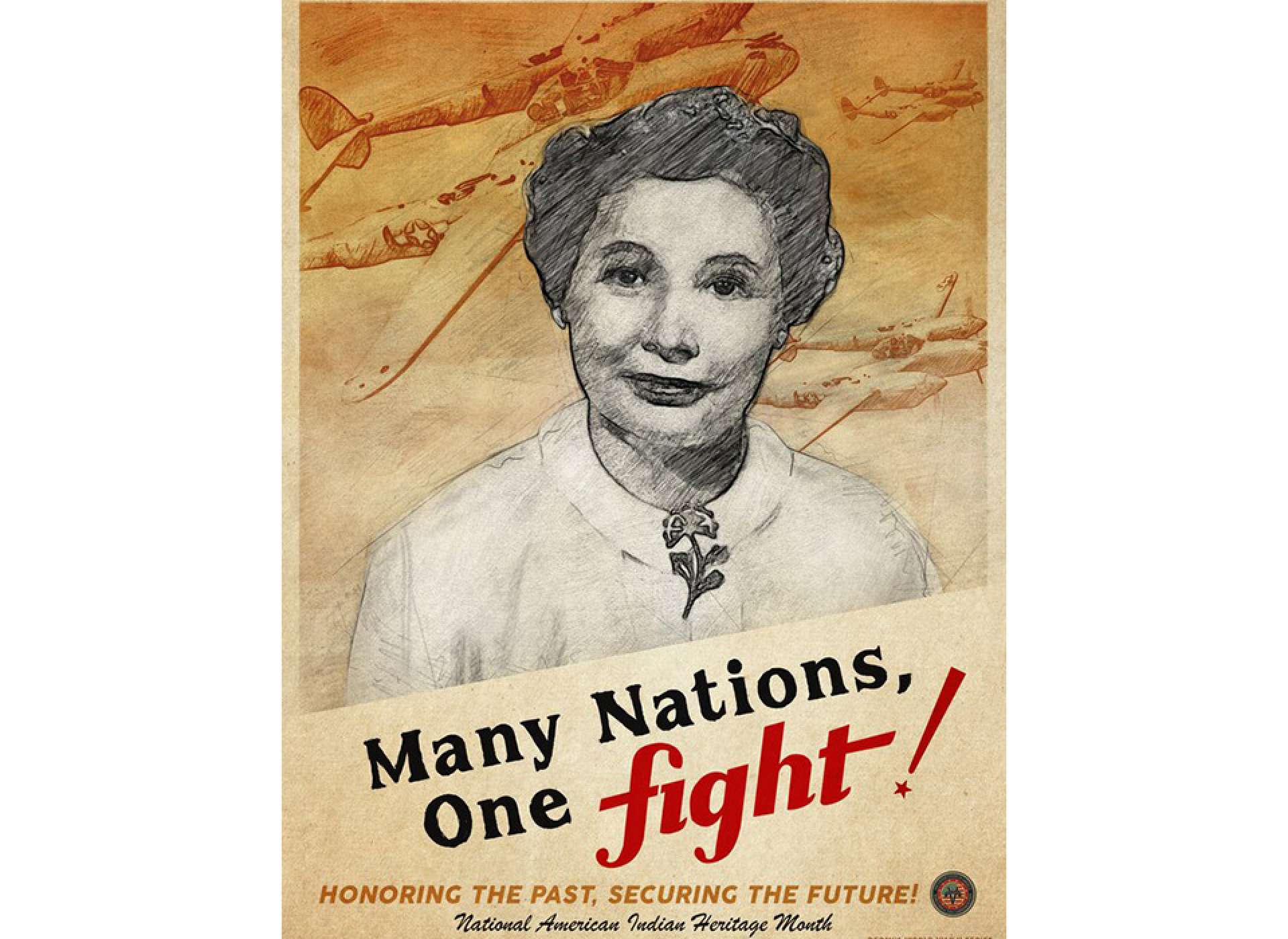
A Poster produced for Native American Indian Heritage Month with a portrait of Mary Golda Ross. Image courtesy of the Defense Equal Opportunity Management Institute.
In 1942, Mary visited friends in Southern California, where industry was racing to respond to the needs of a nation newly at war. She got a job with Lockheed assisting the engineering team developing one of their first aircraft, the P-38 Lightning. Engineers depended on teams of computers—women with pencil, paper, and slide rules to make the computations necessary for their work. The P-38 packed twin engines onto its light frame, and could fly nearly 400 mph, approaching the speed of sound in dives. Because of its promise, the plane was rushed into production. Problems of instability led to pilot deaths, and threatened to end the plane’s contributions to the war effort. Mary Ross, as her team called her, was assigned as a computer to the team tasked to fix the design of the P-38.
Metals may seem strong and stable, but at 400 mph air pressure can cause them to deform and behave unexpectedly. Running tests and calculating results, the team managed to change the shape and structures of the plane to make it stable at high speeds. Mary helped analyze that data and make those calculations. In her spare time, she worked on topics of interplanetary space travel, but she kept those ambitions to herself during wartime.
As the war ended, many of the women in engineering and industry were laid off. They returned to previous jobs, or to other responsibilities. Mary Ross had shown herself too valuable and ambitious to be sent home. Lockheed kept her on, and sent her to courses at University of California, Los Angeles, to gain professional certification in engineering. She took more courses in mathematics, as well as engineering, aeronautics, and mechanics of missiles and celestial objects.
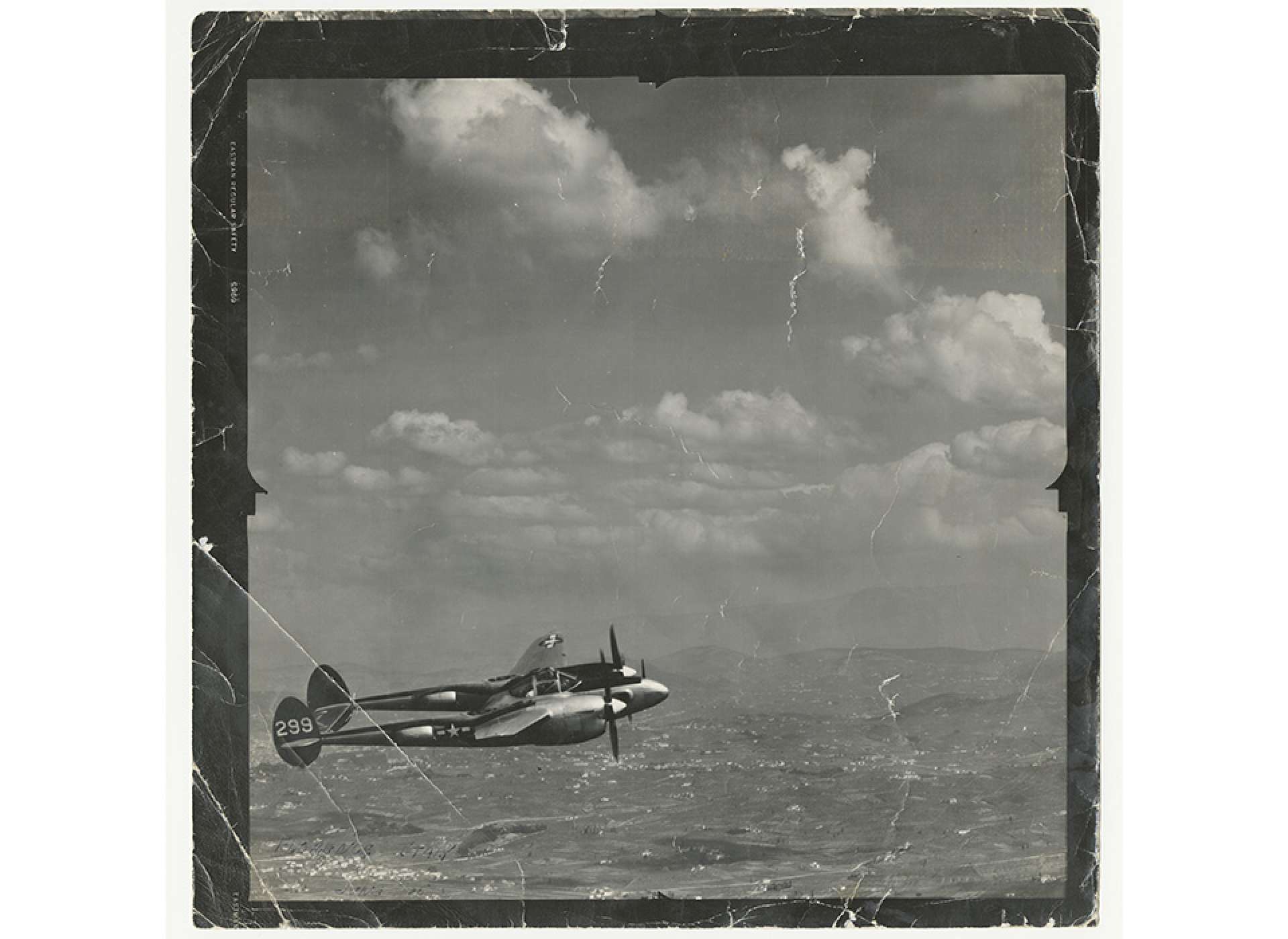
A Lockheed P-38 Lightning flying over Florence, Italy in 1945. From The National WWII Museum Digital Collections, 2010.201.010.
Lockheed’s team that developed the P-38 was known as Advanced Development Projects, nick-named Skunk Works. This designation came in 1943 when they were approached by the Army Air Force about developing a jet fighter plane. The work that goes on at Lockheed’s Skunk Works has remained largely secret to this day. In 1952, Mary Golda Ross joined Skunk Works as a founding engineer—the only woman on the team besides the secretary. She worked on early space projects, including satellites and missiles. Mary developed operational requirements for spacecraft, which set the parameters for the Apollo program, and later she was an author of NASA’s Planetary Flight Handbook, making what were probably the first studies of mechanics for missions to Mars and Venus.
After a long career at Lockheed, Mary Golda Ross retired at age 65. She wasn’t done working yet—she dedicated the next 30 years of her life to encouraging young women and Native American youth to prepare themselves for careers in science, engineering, and math. In these decades she grew to appreciate the culture she gave the credit to for her success.
At age 96, Mary asked her niece for a big favor. She had never worn a traditional Cherokee dress and asked her niece to sew her one. She had been invited to attend the 2004 opening of the Smithsonian’s National Museum of the American Indian. Wearing a green calico Cherokee dress, Mary Golda Ross honored the leaders and teachers who formed the lineage before her as American heroes. She stepped out of her electric wheelchair and walked the last yards on the National Mall to enter the new museum. She told her niece, who accompanied her, that one of her only regrets was having spent so much time apart from other Indian people.
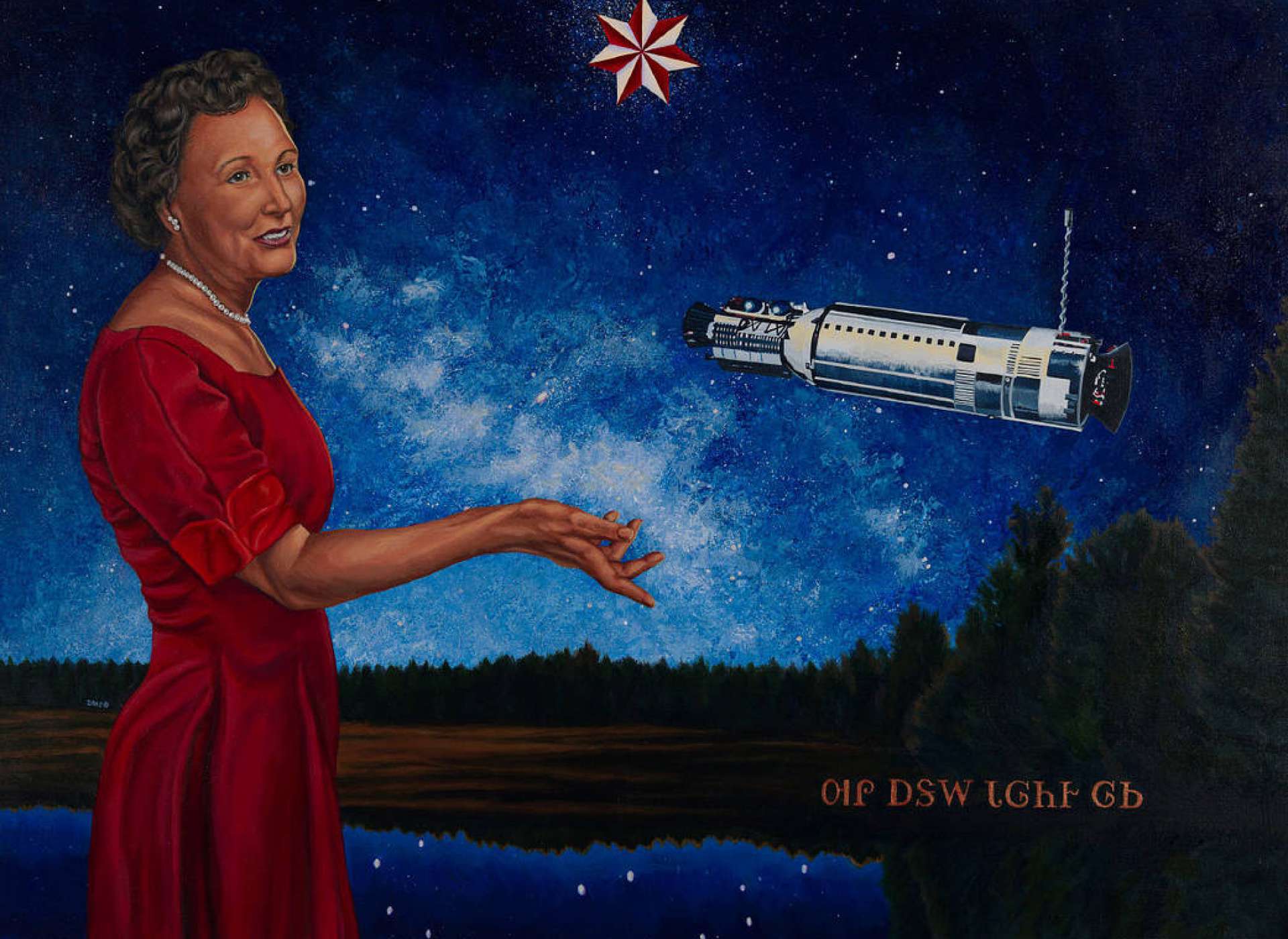
Mary Golda Ross by artist America Meredith, Cherokee Nation, 2011. Image courtesy of the National Museum of the American Indian.
Four years later, Mary Golda Ross joined her ancestors, the first rocket scientist among them. Just three months shy of 100 years old, she died and left $400,000 for the National Museum of the American Indian. She spent her life looking towards the future, calculating and executing on its possibilities, from a strong foundation of family and culture. That is a fine recipe for a great life.
Rob Wallace
Rob runs teacher workshops and develops curriculum, including Real World Science, funded by The Northrop Grumman Foundation.
Cite this article:
MLA Citation:
APA Citation:
Chicago Style Citation:
